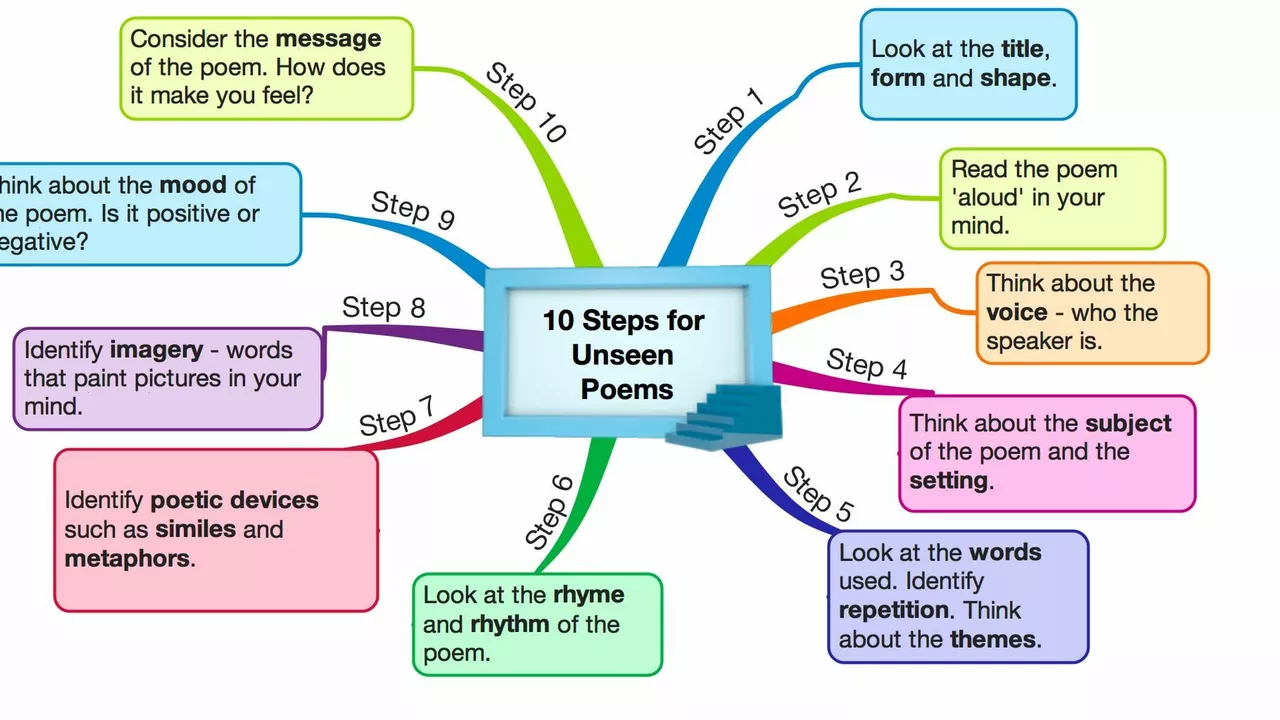What are some of the most interesting poetic forms?

Exploring the Beauty of Sonnets
One of the oldest and most well-known poetic forms is the sonnet. Originating in Italy in the 13th century, it has been used by many of the world's greatest poets, including Petrarch, Shakespeare, and Milton. The traditional sonnet consists of 14 lines and has a specific rhyme scheme. What makes this form so fascinating is the strict structure which contrasts with the freedom to convey profound emotions, thoughts and narratives within this framework.
Shakespearean sonnets, for instance, follow the ABABCDCDEFEFGG rhyme scheme, while Petrarchan sonnets have an ABBAABBACDECDE pattern. This structure, although seemingly rigid, offers the poet a chance to showcase their mastery of language and rhythm. The sonnet's enduring popularity proves that it is a form that continues to captivate both poets and readers alike.
Diving into the World of Haikus
When talking about interesting poetic forms, one cannot ignore the haiku. This form of poetry, originating from Japan, is composed of just three lines, with a 5-7-5 syllable count. Despite its brevity, a haiku is known to capture a moment, a feeling, or even a season with vivid imagery and poignant brevity.
The art of writing a haiku lies in its simplicity and its ability to convey a complex or profound message with very few words. The discipline and constraint required to write a haiku often yields surprising and deep insights, making it a favored form of poetry for many.
The Elegance of Villanelles
Another fascinating poetic form is the villanelle. This 19-line poem, with its intricate rhyme scheme of ABA ABA ABA ABA ABA ABAA, has French origins. The most intriguing part is its repeating lines that give the poem a musical quality.
The villanelle's complex structure requires careful thought and planning, making it a challenging form to master. Yet, when executed well, it can produce a hauntingly beautiful piece of poetry. Famous examples include Dylan Thomas' "Do not go gentle into that good night" and Elizabeth Bishop's "One Art".
The Rhythmic Pantoums
The pantoum, with its roots in Malaysian folk poetry, is another captivating form. Comprising any number of quatrains, it has a unique repetition pattern where the second and fourth lines of each verse become the first and third lines of the next.
Writing a pantoum demands not just linguistic skill but also a certain level of mental agility. The repeated lines create a circular, weaving effect, making the pantoum a mesmerizing poetic form. It’s like a poetic dance where the words intertwine in a delicate balance of repetition and novelty.
The Intricacy of Sestinas
Of all the various poetic forms, the sestina is perhaps one of the most complex. Originating in the 12th century, it consists of six six-line stanzas followed by a three-line stanza, all unrhymed. The challenge is in the repetition of the end words of each line in a specific pattern throughout the poem.
Given its complex structure, writing a sestina can be seen as a poetic puzzle to solve. However, the payoff is immense – a well-crafted sestina can demonstrate a writer's skill and creativity in a truly unique way.
The Freedom of Free Verse
Despite all the structured forms, sometimes the most interesting poems are those that break free from the constraints of rules and patterns. Free verse, as the name suggests, does not adhere to any particular meter or rhyme scheme, offering the poet complete freedom to experiment with line breaks, rhythm, and words.
Free verse can be just as expressive, if not more so, as any structured poem. The beauty of this form lies in its limitless possibilities. It allows the poet to capture the rhythms and sounds of everyday speech, making their work accessible to a wide range of readers.
The Simplicity of Acrostic Poems
Last but not least, we have acrostic poems. This form may seem simple – after all, it involves using the first letter of each line to spell out a word or phrase vertically. However, it can be an engaging way to create a piece of poetry that is both visually interesting and meaningful.
Writing an acrostic requires a different kind of creativity, as the poet must find a way to convey their message while adhering to the constraints of the chosen word or phrase. This can lead to some truly imaginative and clever poetry, making the acrostic a delightful poetic form to both read and write.